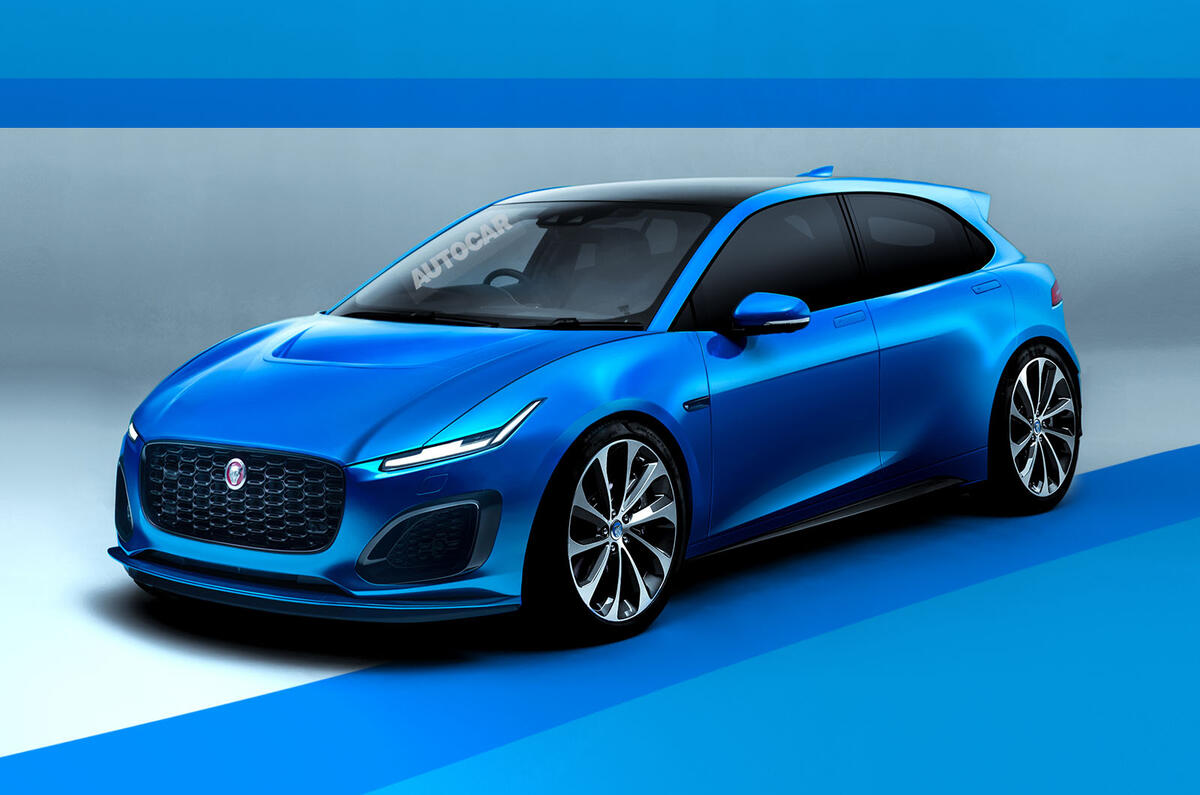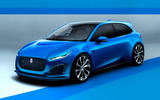Jaguar is weighing up a number of options for replacing its slow-selling Jaguar XE and Jaguar XF saloons, including a radical electrified saloon and a smaller, hatchback-style model.
The next 12 months will be crucial for Jaguar Land Rover as it attempts to recover from the huge financial disruption caused by the coronavirus pandemic. It’s also a period in which the Jaguar brand will come under intense scrutiny as it searches for a formula that will deliver at least one more big-volume new vehicle to boost profits.
Jaguar hasn’t ruled out directly replacing the two saloons but, with the market shifting away from such models, Autocar understands the firm is considering radical alternatives. One option is to replace both with a single, eco-focused compact saloon, likely offering both mild-hybrid and plug-in hybrid powertrains.
The other option, as hinted at by new Jaguar design chief Julian Thomson recently, would be to look at building a smaller car. Possibly about 4.5 metres long, it would be more elegant and styled in a more classical way than Germany’s aggressively machined premium cars.
“I’d love to do some smaller cars,” Thomson told Autocar, “and it feels as though the time is right. Jaguar needs a global product that could appeal to younger buyers, and more females as well.
“Our values are ideal for owners who want more efficient cars but still like design quality, luxury and cars that are nice to drive.
“But it’s a tough sector. You need big numbers, which means big factories and a big organisation to sell them. But that’s definitely where I would like us to be.”
With the design language of most rivals focused on visual aggression, Thomson has clearly spotted the same opening as Ferrari when it launched the Roma coupé under ‘la nuova dolce vita’ branding: a classically styled car standing out in its line-up.

Autocar understands one influence for the future is the RD-6, a 17-year-old compact hatchback concept that was the first public project of then new Jaguar design boss Ian Callum. Despite its age, this is looking relevant again as the industry faces up to stringent European Union regulations concerning CO2 emissions.

















Join the debate
Add your comment
JLR simply needed to expand
JLR simply needed to expand the XE range to include an estate variant, which would have doubled their volume as this type is some 50% of sales in this sector across Europe. Such a model was in development, apparently.... A coupe would also have been welcome, but that's a tougher sell to the board. It's not as if all major competitors don't offer this number of variants in their mid-range offerings, however...
As for the XF, it didn't look sufficiently 'premium', being more of a Walsall wideboy car than an executive express. It also wasn't advertised very well as continental and Chinese contacts didn't really know about it...
No to cheap Jags, model Tesla but keep lux
One thing that Jag does well is keep its prestige. A cheap Jag would be just that, cheap. It would lose its specialness and be no more than Acura. Jaguar should see itself as more of a competitor to Porsche than just random luxury....it has to be special, noticed, and admired. Now, modeling Tesla's Model S for the XJ and the Model 3 for a XE/XF replacement could do well. Keep pricing similar to Tesla as well. Jaguar's EV design language has done little for the brand IMO and I hope a vehicle like the blue hatch is never built. It loses the grace of the Jaguar brand. The red saloon is really nice, but does remind a lot of Mazda, but it could be done. One direction that would be neat to see Jag go in its design language is toward more Bentley. Most people wish Jag would have evolved its classic design into a more modern design instead of throwing it out completely. Bentley has many of the same elements found in the older and newer Jags. Sure. Jag doesn't compete with Bentley, but it cannot forget its place completely. A new tech forward brand like Tesla and a nod to heritage is exactly where it needs to be.
Make it attractive to company car drivers
If Jaguar want to sell a lot of metal it needs to be cheap to lease and low on BIK. If it isn't it will fail. People, private buyers, forget how big the company car segment is. Jag/BMW/Audi's aren't walking out of the showroom reliant on private buyers, and PCP's aren't paying for XF's and the 5 series.